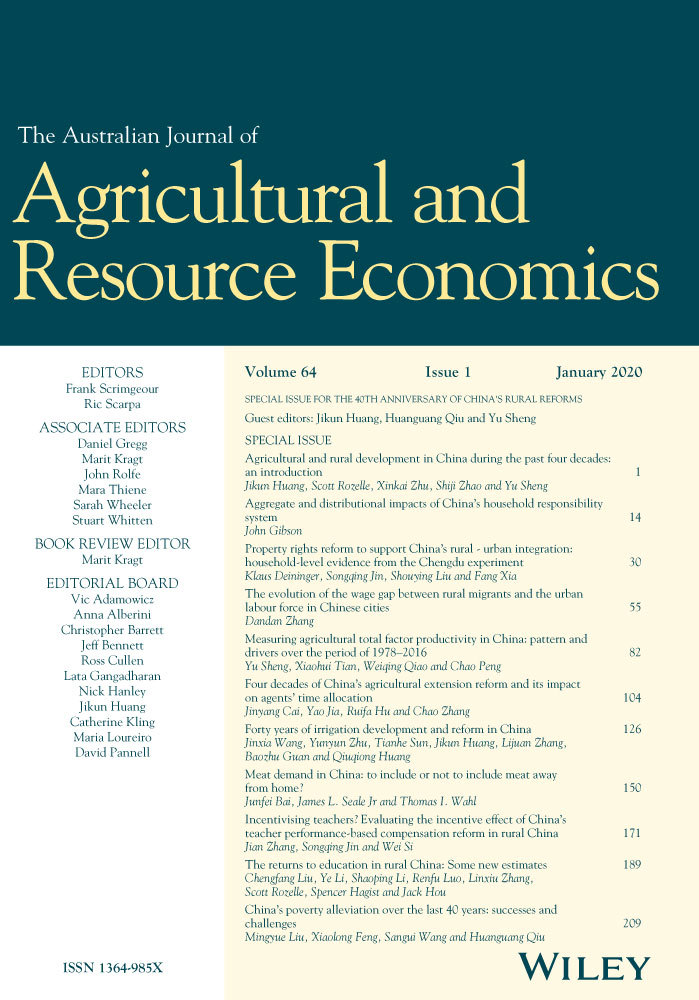Rapid income growth and urbanisation could significantly change the composition of the food basket in many emerging economies. This study estimates a demand system, including 15 major food items in Vietnam, with multiyear household survey data. We find a large variation in the estimated price elasticities (-0.05 to -0.88) and expenditure elasticities (-0.16 to 2.56). Food types, urban status and income groups can explain this variation. We also find that the staple food, rice, is already an inferior good for rich urban households in Vietnam. Moreover, food preferences are evolving away from rice but towards animal proteins (fish, pork, chicken, eggs and milk), fruits and vegetables, irrespective of urban status and income groups. As the Vietnam economy continues to grow with a doubling of gross domestic product (GDP) in the next decade, per capita rice consumption in both urban and rural areas and across different income groups will continue to decline, whereas demand for other high-value products will rise. Thus, government policy should focus on encouraging demand-oriented food production. In addition, crop diversification at the farm level needs to improve substantially to meet the rising demand for these food products due to income growth and urbanisation.
Changing food consumption patterns in rural and urban Vietnam: Implications for a future food supply system.
Citation: Bairagi, S.; Mohanty, S.; Baruah, S.; Thi, H. T. 2020. Changing food consumption patterns in rural and urban Vietnam: Implications for a future food supply system. Australian Journal of Agricultural and Resource Economics. ISSN: 1364-985X. Early view. 27Jan2020.
2020-03-09
FOOD SECURITY, FOOD SYSTEMS, IMPACT ASSESSMENT, INCLUSIVE GROWTH
Asia
Vietnam
journal_article

